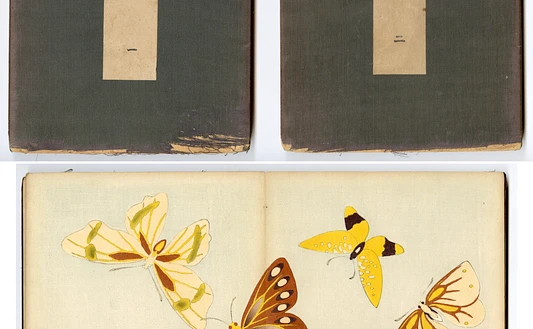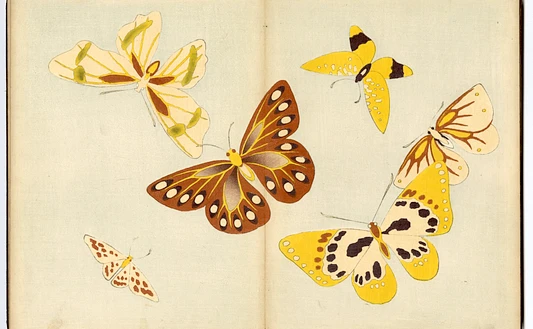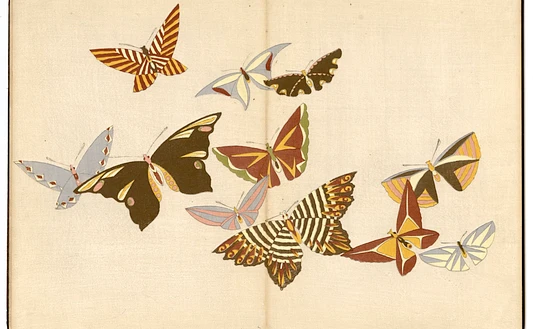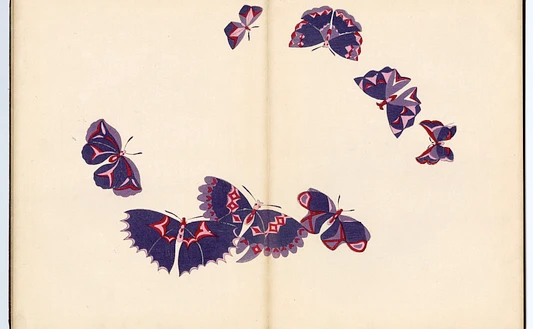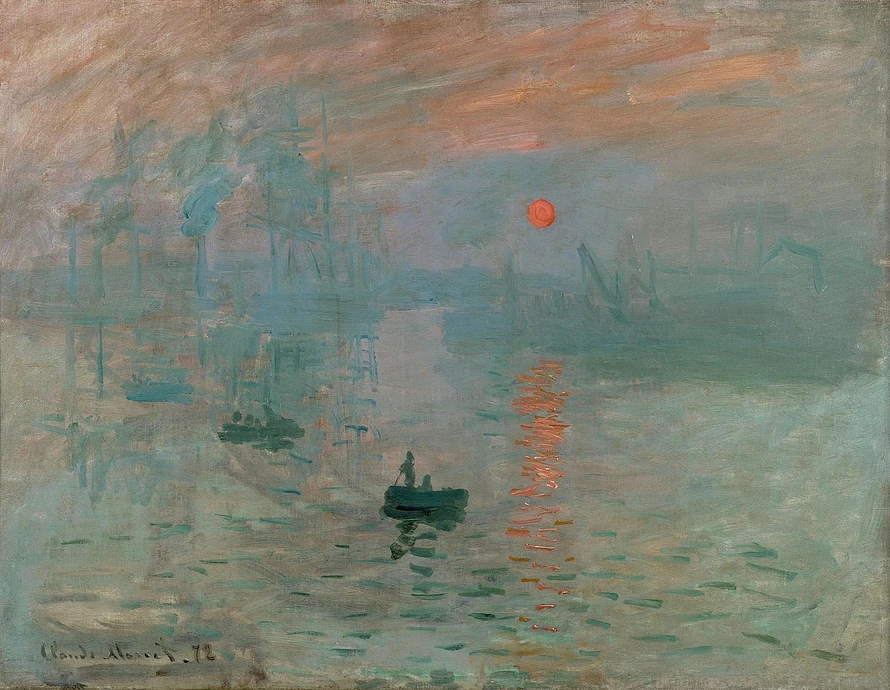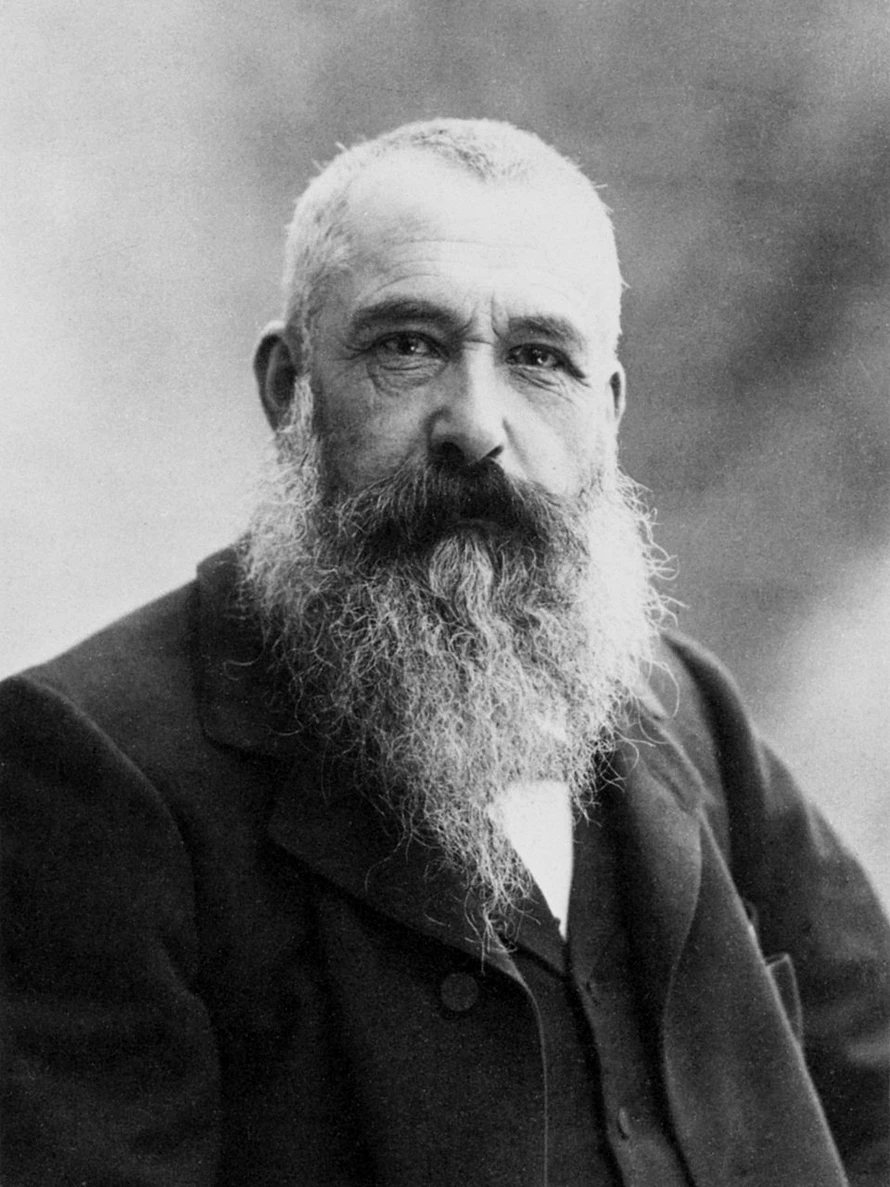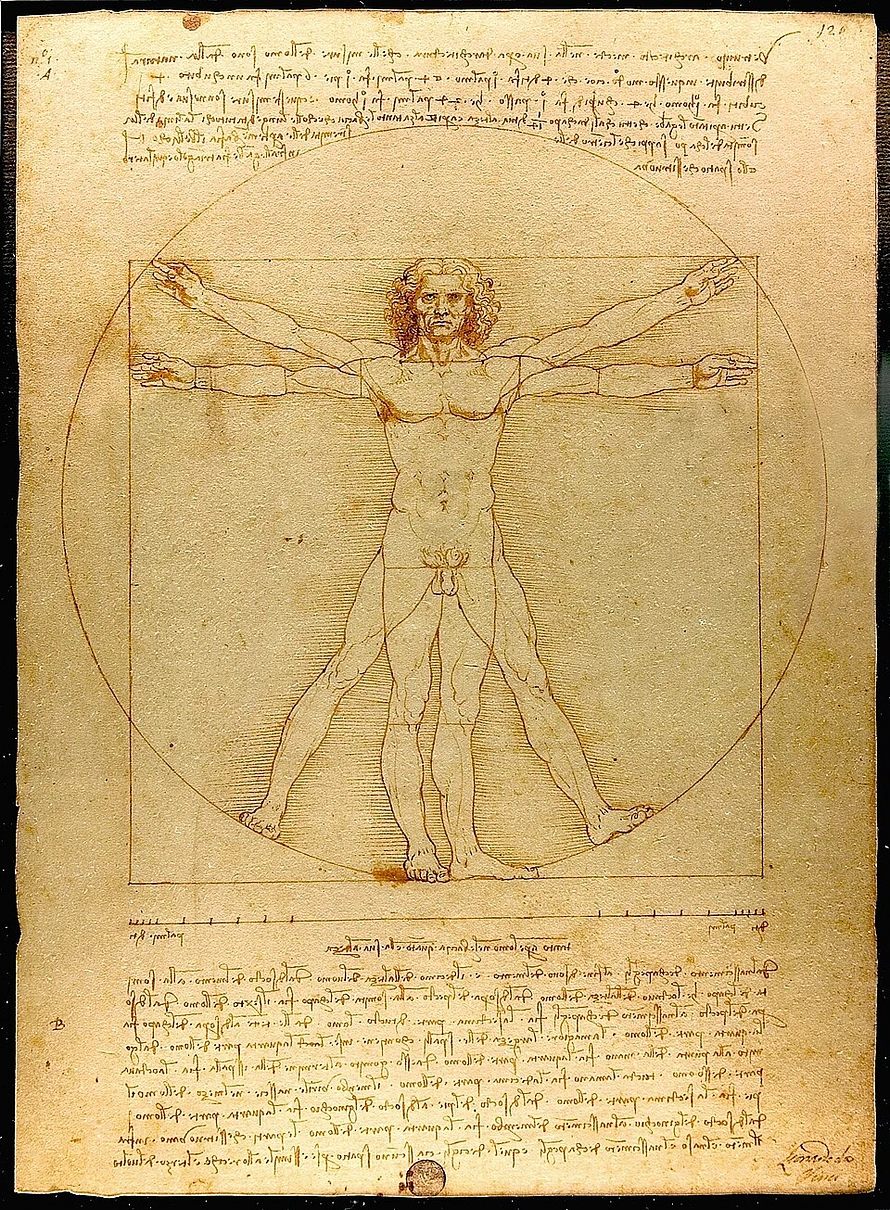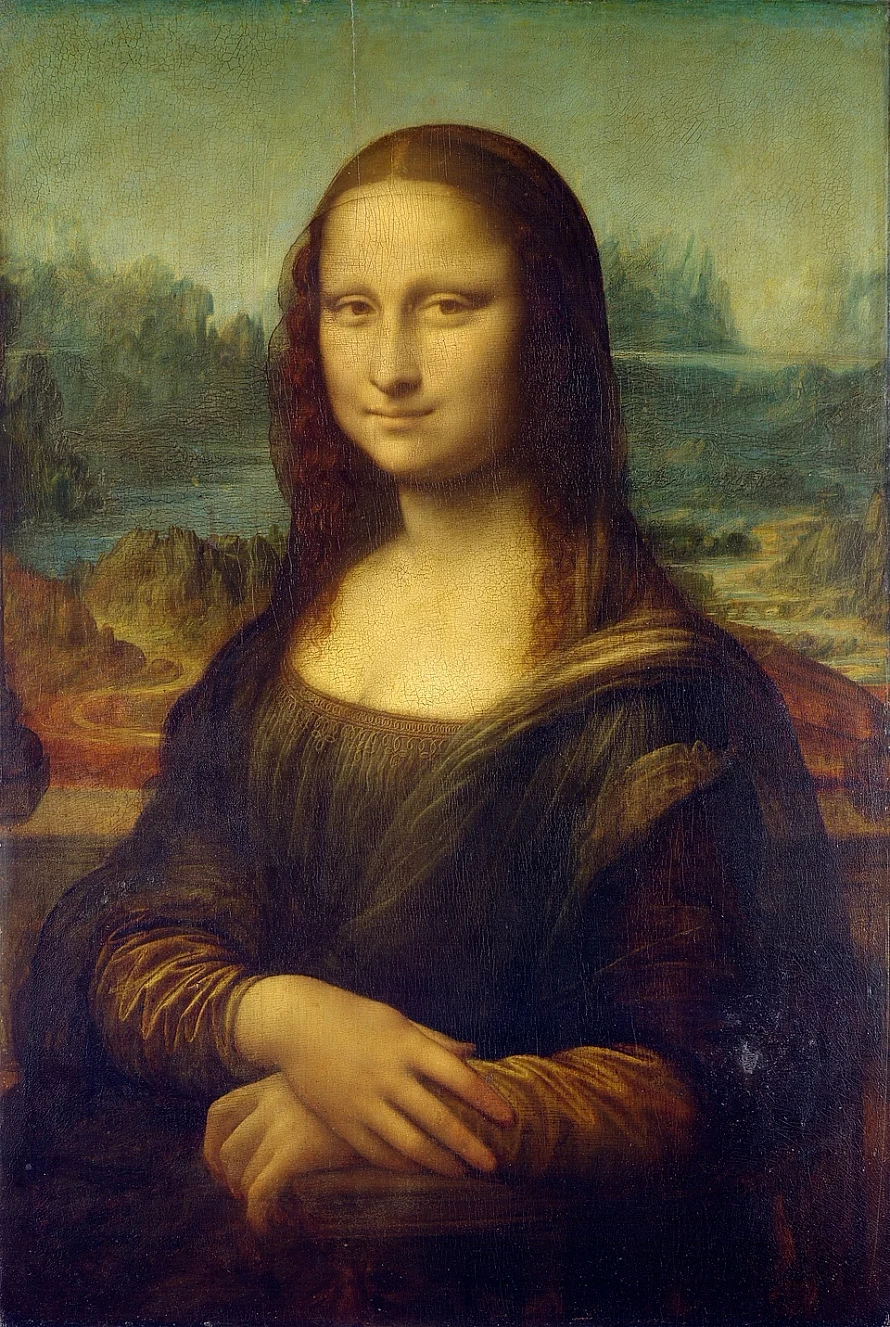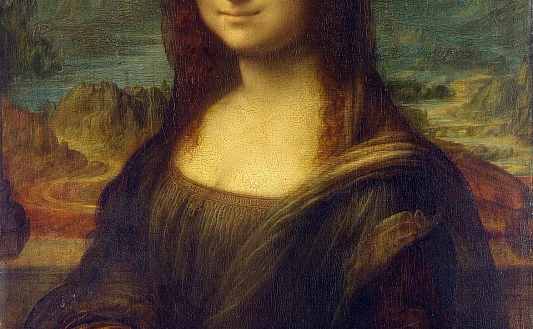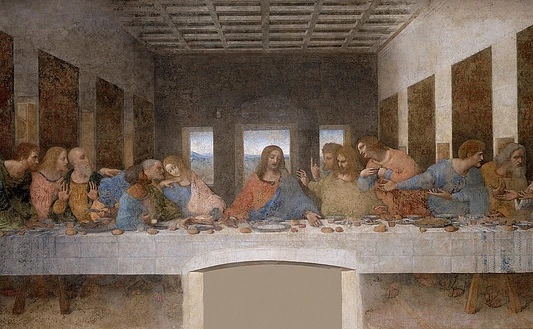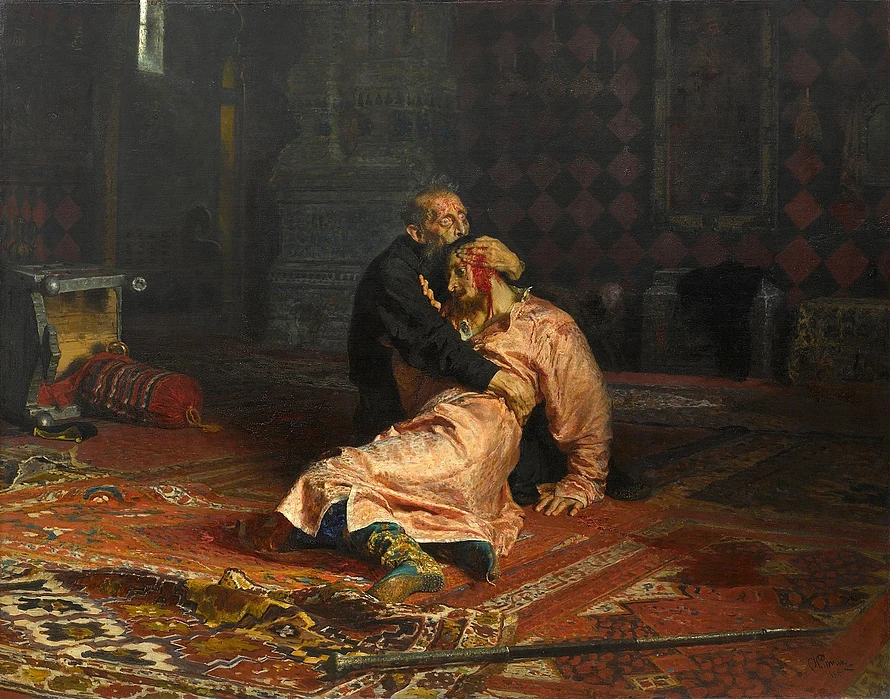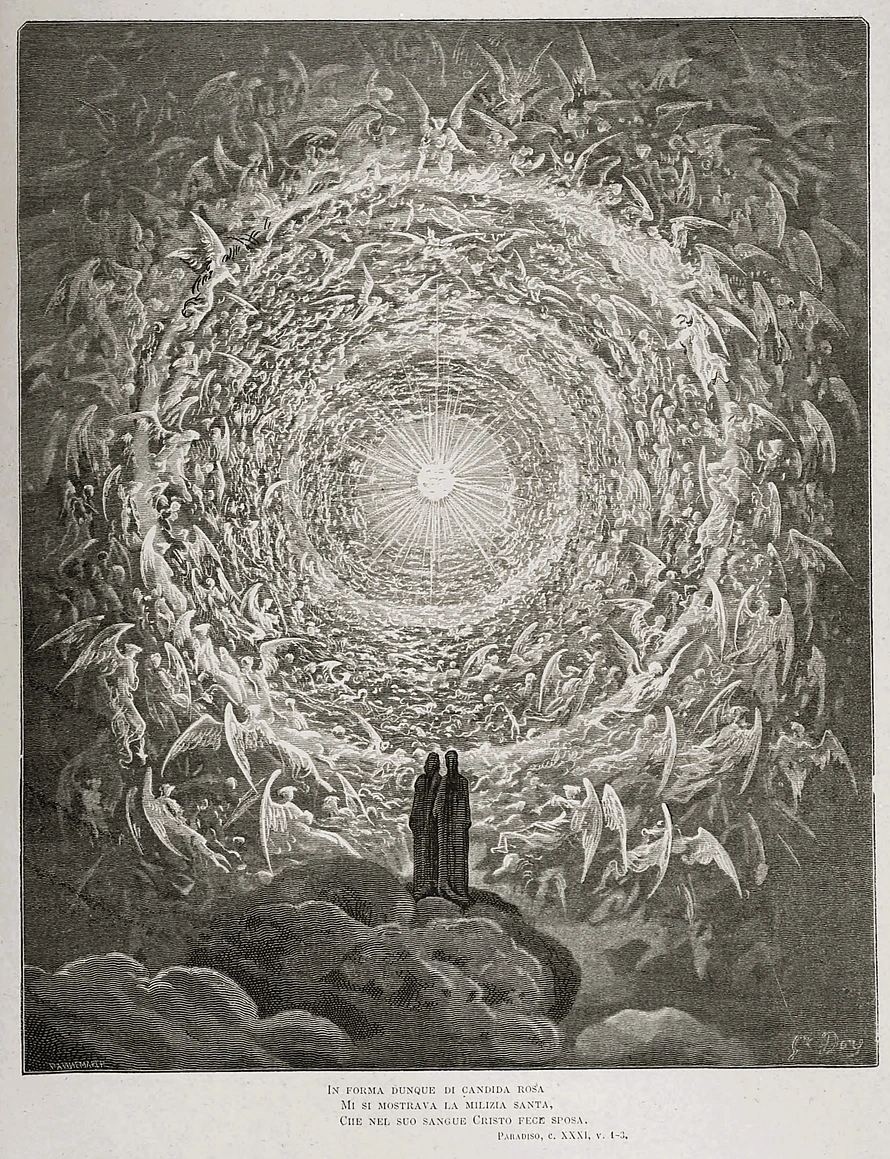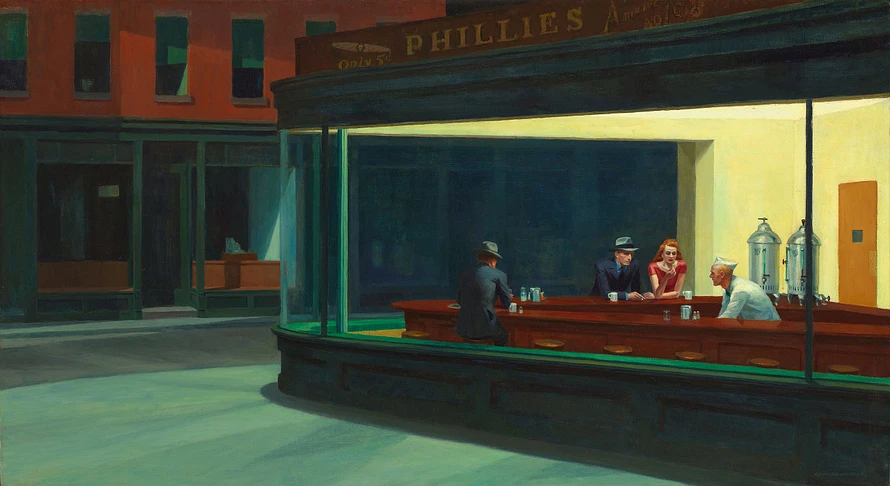A Symphony of Wings: Kamisaka Sekka’s Chō senshu (One Thousand Butterflies)
In the early 20th century, as Japan stepped into the modern era while still deeply rooted in tradition, a Kyoto-born artist named Kamisaka Sekka created one of the most exquisite visual meditations on nature: Chō senshu (translated as One Thousand Butterflies). First published in 1904, this slim volume of woodblock prints captures not only the ephemeral beauty of butterflies but also the graceful transition between classical Japanese aesthetics and modern design sensibilities.
The Artist: Kamisaka Sekka and the Rimpa Revival
Kamisaka Sekka (1866–1942) was one of the last great masters of the Rimpa school of painting—a decorative art tradition that flourished in Japan from the 17th century. But Sekka was no mere traditionalist. After studying in Europe, he returned to Japan with a newfound appreciation for Art Nouveau, absorbing its flowing lines and stylized forms. He began blending these influences with traditional Japanese motifs, helping to modernize and globalize Japanese art.
Chō senshu stands as a striking example of this synthesis. It’s both a celebration of nature and a groundbreaking work of graphic design.
A Thousand Butterflies, Infinite Imagination
Despite its title, Chō senshu does not literally contain a thousand butterflies. Instead, it offers a poetic suggestion of abundance—a metaphor for the fleeting, delicate nature of beauty. The prints feature butterflies in every conceivable configuration: swarming across the page, isolated in silhouette, abstracted into near-geometric forms, or stylized to the point of pure pattern.
Each image in the book showcases Sekka’s mastery of composition. He plays with symmetry and asymmetry, negative space, and bold contrasts. Some butterflies are vividly detailed, while others are mere outlines, hinting at movement or mood. The background colors shift from earthy browns to twilight blues, golds, and muted reds, enhancing the dreamlike atmosphere.
Where Nature Meets Design
What makes Chō senshu so timeless is how it bridges natural observation with decorative abstraction. Butterflies, already symbols of transformation and impermanence in Japanese culture, become visual rhythms under Sekka’s hand—fluttering in formation, dissolving into clouds, or hovering like musical notes on a staff.
His approach prefigures modern graphic design, and the influence of Chō senshu can still be felt in everything from textile design to contemporary illustration. Sekka’s butterflies are not just naturalistic renderings; they are design motifs, alive with energy, purpose, and grace.
Legacy and Influence
Today, Chō senshu is celebrated not only as a work of art but also as a landmark in Japanese design history. Original editions are housed in major collections, including the British Museum and the Smithsonian, and high-quality reproductions continue to inspire artists and designers around the world.
Kamisaka Sekka’s work reminds us that beauty can be both traditional and avant-garde, fleeting and eternal. In One Thousand Butterflies, he doesn’t just depict butterflies—he captures the very essence of elegance in motion.
Further Reading & Viewing
-
Browse Chō senshu via digital collections from major museums like the British Museum or the National Diet Library of Japan.
-
Learn more about the Rimpa school and Sekka’s influence on Meiji-era design.
You can get one of the images from Kamisaka Sekka’s One Thousand Butterlies on our Butterfly Bliss Phone Case.
